Magnesium is an indispensable component in modern industrial society and nature. Understanding and mastering the food chain of soil, plants, animals, and humans is very important.
1、 Magnesium sulfate used in sugarcane
The absorption trend of magnesium by sugarcane at different growth stages is steadily increasing with increasing plant age. Magnesium deficiency in sugarcane leads to a lack of green leaves, decreased photosynthesis, and inhibited root growth. Inhibition of growth leads to shrinking of sugarcane stems and shortening of internodes, which affects the normal growth of sugarcane. By adding magnesium sulfate, both equal and reduced amounts of nitrogen and ammonia are beneficial for improving sugarcane stem yield and quality.
2、 Magnesium sulfate used in tobacco production
Calcium and magnesium are important intermediate elements that affect the yield and quality of tobacco. Magnesium is an important component of chlorophyll, which directly affects plant photosynthesis and protein metabolism. Lack of magnesium can accelerate decomposition, reduce plant assimilation ability, and an appropriate amount of magnesium is beneficial for the growth, development, and quality improvement of tobacco. Through field experiments, the effect of calcium and magnesium fertilizer on the growth and yield of tobacco in Masha mud field was studied. The results showed that under the conditions of calcium fertilizer application, the highest yield was achieved with a magnesium application of 15kg/hm, reaching 2709 kg/hm, which increased the yield by 3.6% compared to the treatment without magnesium fertilizer application. Adequate application of magnesium fertilizer or a combination of magnesium fertilizer and calcium fertilizer has the effect of improving the height and number of leaves of tobacco seedlings and promoting their growth, Both tobacco yield and tobacco grade show a trend of first increasing and then decreasing with the increase of magnesium application. Moderate application of magnesium fertilizer has the effect of increasing the proportion of high-quality tobacco leaves, the proportion of high-quality tobacco leaves, and the output value. Magnesium application can increase the magnesium content in tobacco leaves, while calcium fertilizer has a significant inhibitory effect on magnesium absorption. When calcium is not applied, the application of magnesium fertilizer significantly increases the potassium and magnesium content in tobacco, The application of calcium fertilizer can inhibit the absorption of potassium and magnesium nutrients. Increasing the application of magnesium under calcium conditions can significantly increase the potassium and magnesium nutrient content of tobacco leaves. Under the condition of not applying calcium fertilizer in the soil, the application of magnesium fertilizer will have a side effect on calcium absorption. However, under the condition of applying a large amount of calcium fertilizer, the application of an appropriate amount of magnesium fertilizer significantly increases the calcium content of tobacco leaves.
Someone has studied the effects of magnesium and other trace elements on the anatomical structure of tobacco leaves, and the results show that magnesium can improve the internal structure of tobacco leaves and enhance their quality. Applying magnesium and potassium fertilizer to tobacco leaves is more effective than applying potassium sulfate alone as a control, and the application effect will be better in soils rich in calcium and low in magnesium.
3、 Magnesium sulfate used as foliar fertilizer and nutrient solution for soilless cultivation
Magnesium sulfate is a soluble and physiological acidic fertilizer that can be used as base fertilizer (base fertilizer), topdressing, foliar fertilization, and nutrient solution for soilless cultivation.
The application of magnesium sulfate in foliar fertilizer
Foliar fertilization refers to the application of one or more nutrients in a certain ratio and concentration on the leaves of crops, directly or indirectly providing nutrients. It belongs to the field of root dressing and is a supplement to soil fertilization. Foliar fertilization is mainly used to supplement elements such as nitrogen, potassium, calcium, magnesium, sulfur, etc. Obviously, magnesium sulfate is used to supplement magnesium and sulfur elements.
Liquid foliar fertilizer: Various fertilizers are measured according to the formula, dissolved in a certain amount of water, and can be used. Generally, they are used and prepared on site. Spray 50-150 kg per 667 square meters (1 acre). Solid foliar fertilizer: various fertilizers are measured according to the formula, crushed, mixed, and packaged to form the finished product. The spraying concentration varies for different crops during use, and the spraying concentration for different growth stages of the same crop also varies. Fruit trees are 0.5%~1%, vegetables are 0.2%~0.5%, and field crops such as rice, wheat, cotton, and corn are 0.3%~0.8%. Spray 50-150 kg of aqueous solution per 667 square meters (1 acre).
The application of magnesium sulfate in soilless cultivation (fertilizer)
Soilless cultivation refers to the pruning technique that does not require natural soil to provide nutrients, water, and oxygen to crops. Magnesium sulfate heptahydrate, due to its high purity and high solubility, meets the requirements of soilless cultivation nutrient solution and is selected as the source of magnesium and sulfur elements in the nutrient solution.
Recommended Products
Hot News
-
VCI: Chemical production and sales in Germany will decrease in 2024.
2024-01-06
-
Magnesium is an indispensable component in modern industrial society and nature. Understanding and mastering the food chain of soil, plants, animals, and humans is very important.
2024-01-04
-
Phosphorus in sewage water supply management has brought a lot of pressure, and more efficient phosphorus removal is urgent.
2024-01-04
-
Sodium metabisulfite is a widely used food additive, which not only has a bleaching effect, but also has the following effects:
2024-01-04

 EN
EN
 AR
AR
 NL
NL
 HI
HI
 JA
JA
 KO
KO
 RU
RU
 TL
TL
 IW
IW
 ID
ID
 LV
LV
 LT
LT
 VI
VI
 TH
TH
 TR
TR
 AF
AF
 MS
MS
 BN
BN
 EO
EO
 LA
LA
 MN
MN
 SO
SO

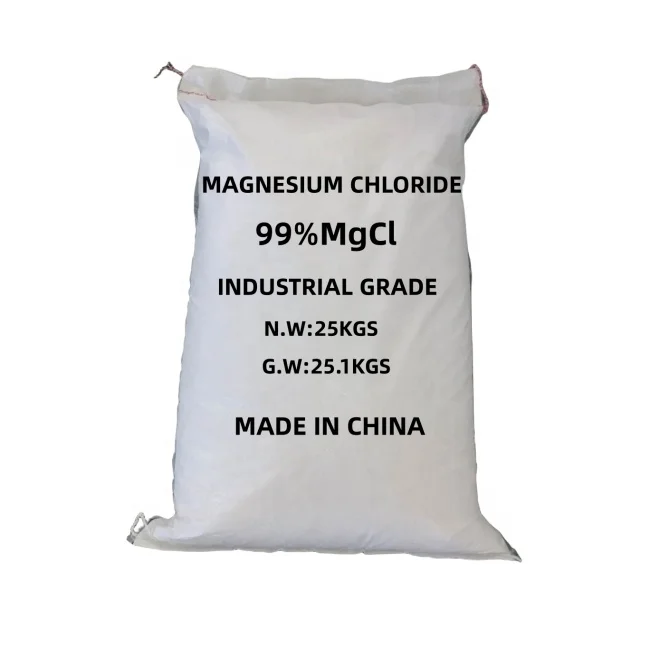
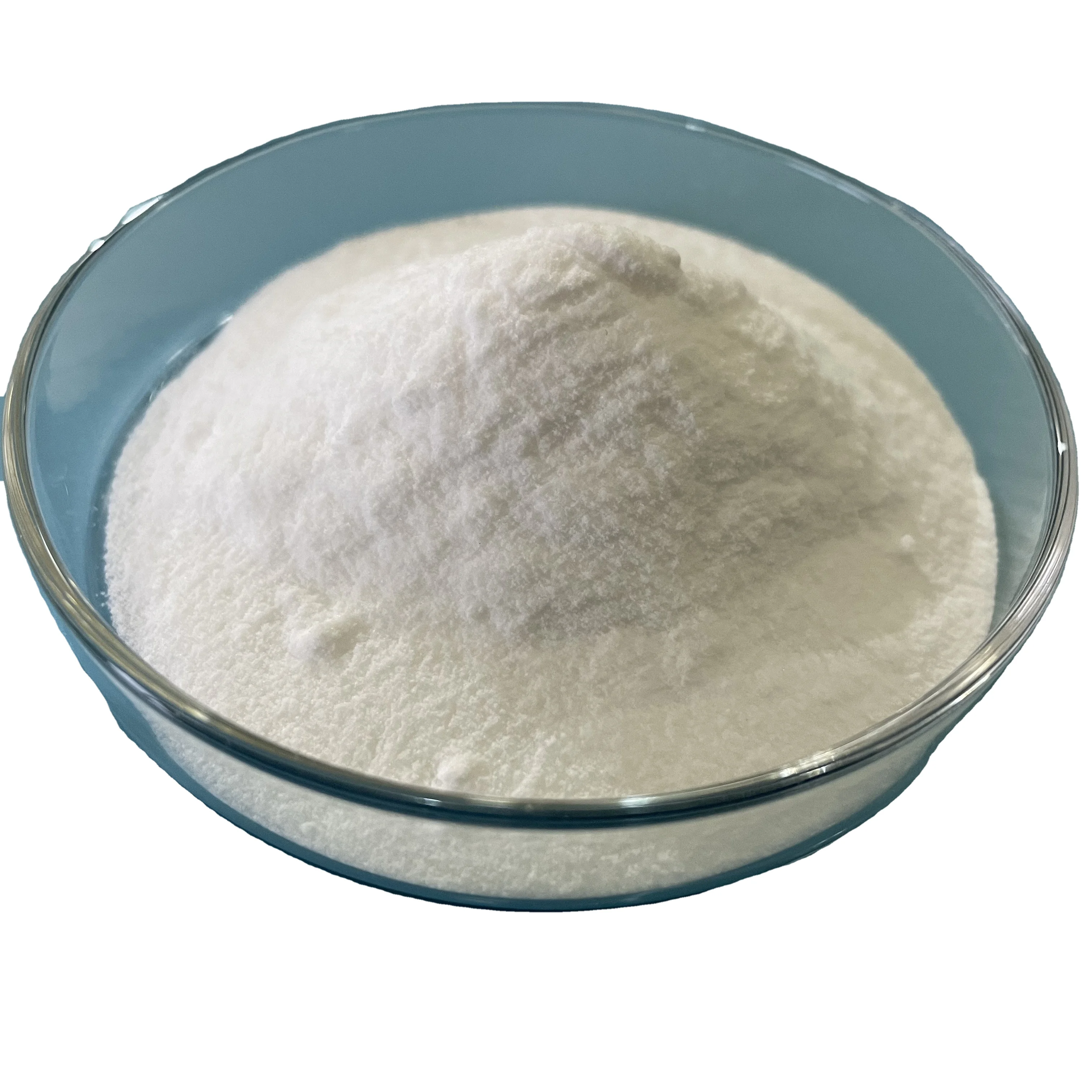
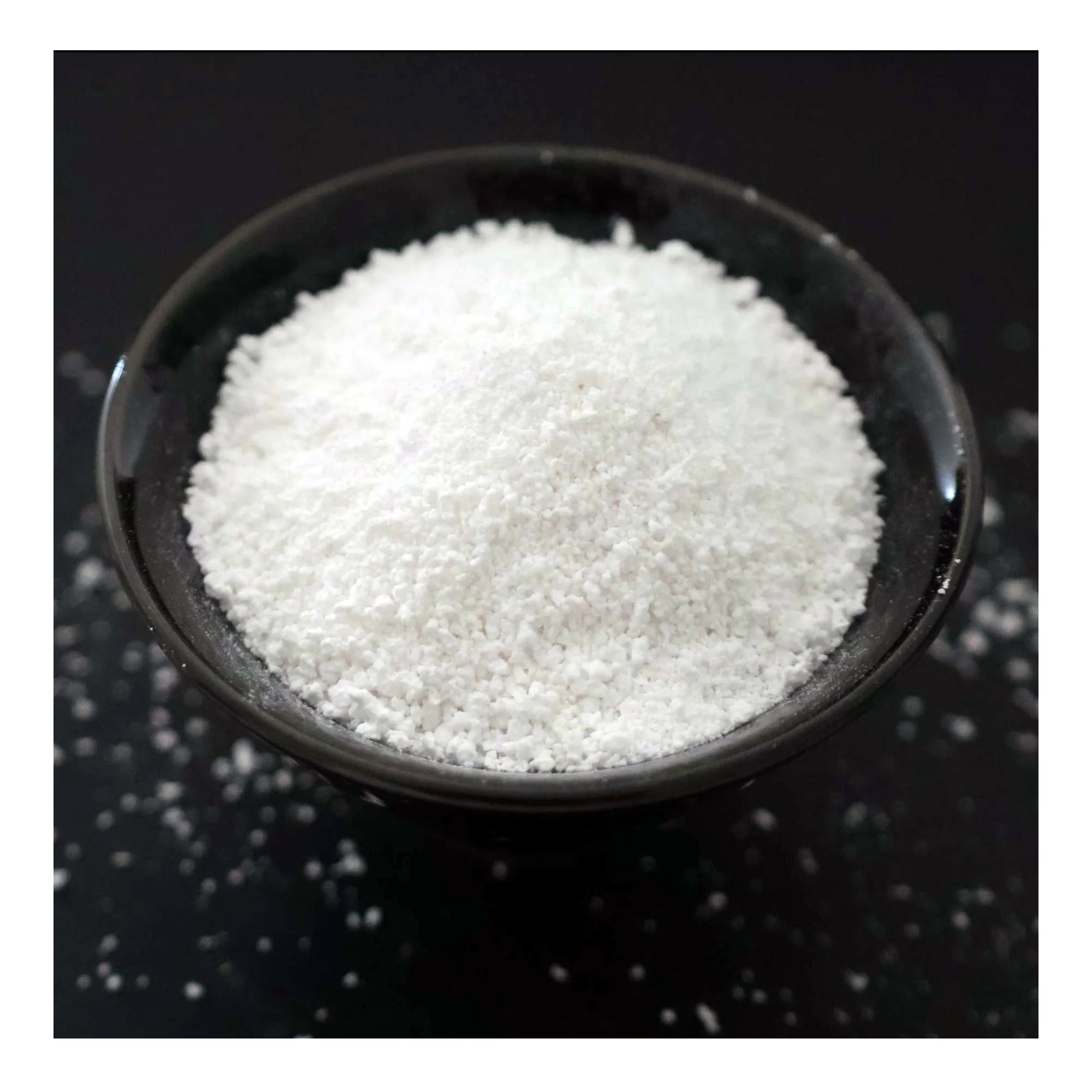
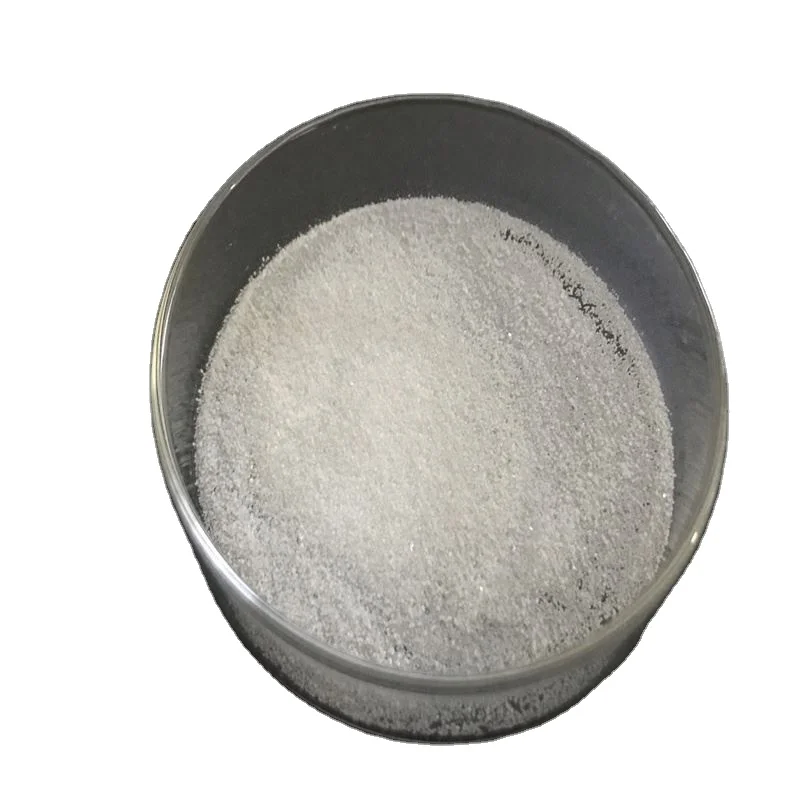
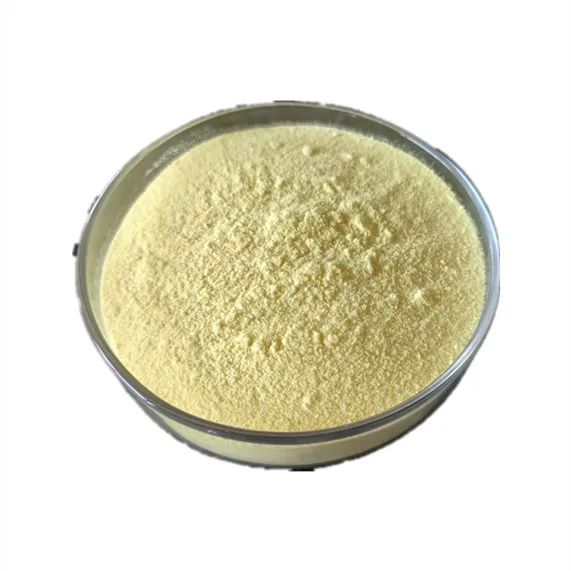
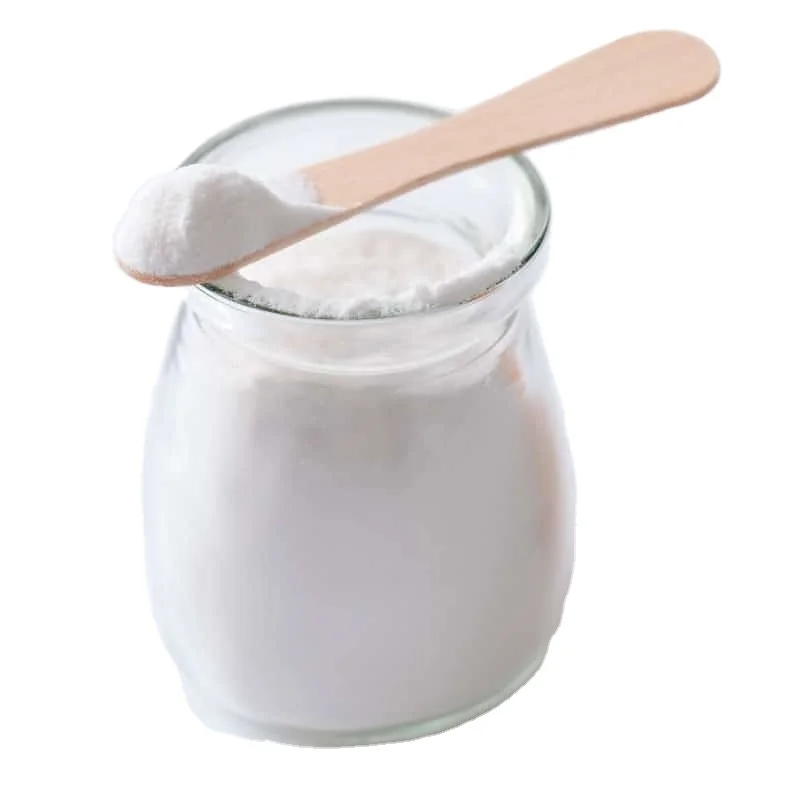
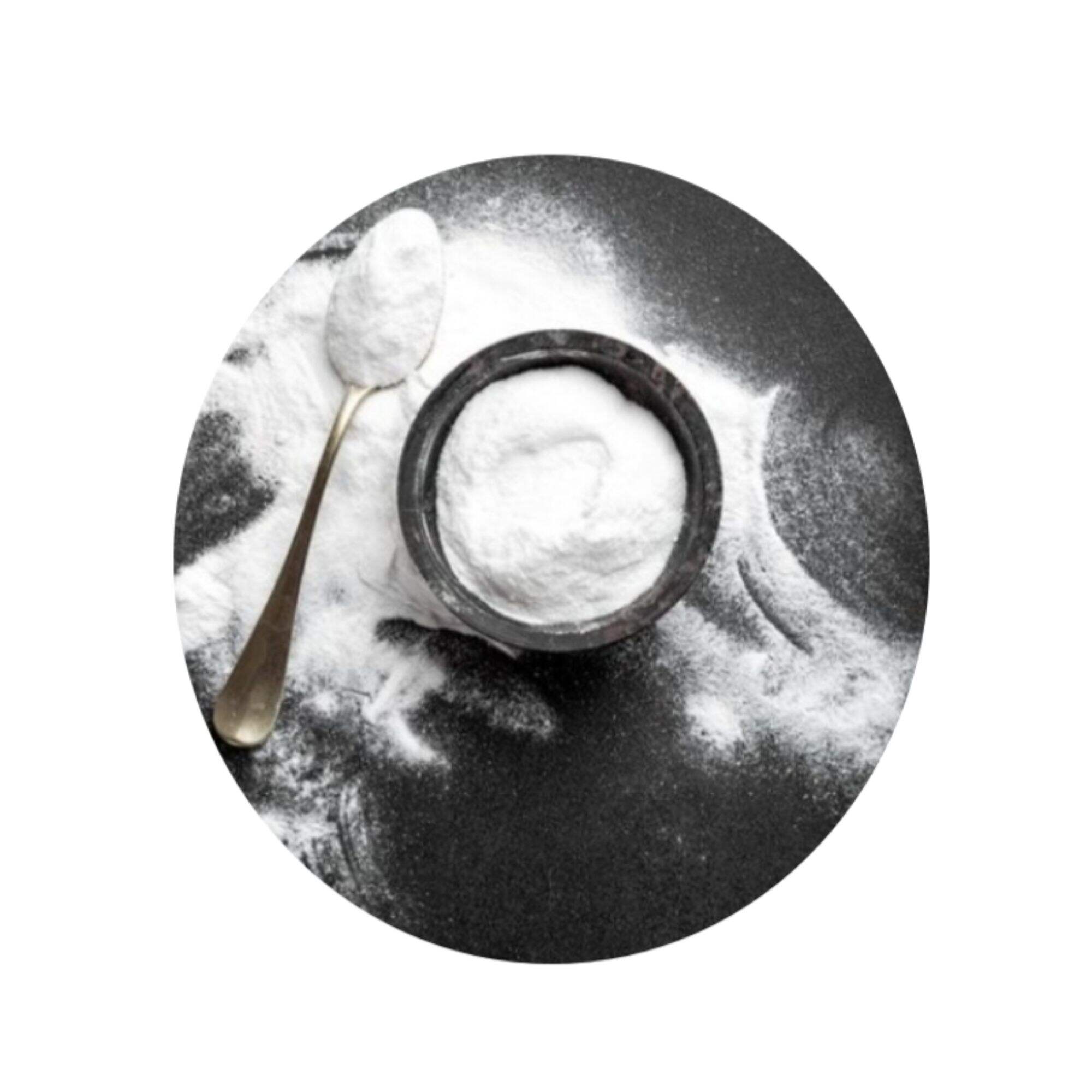

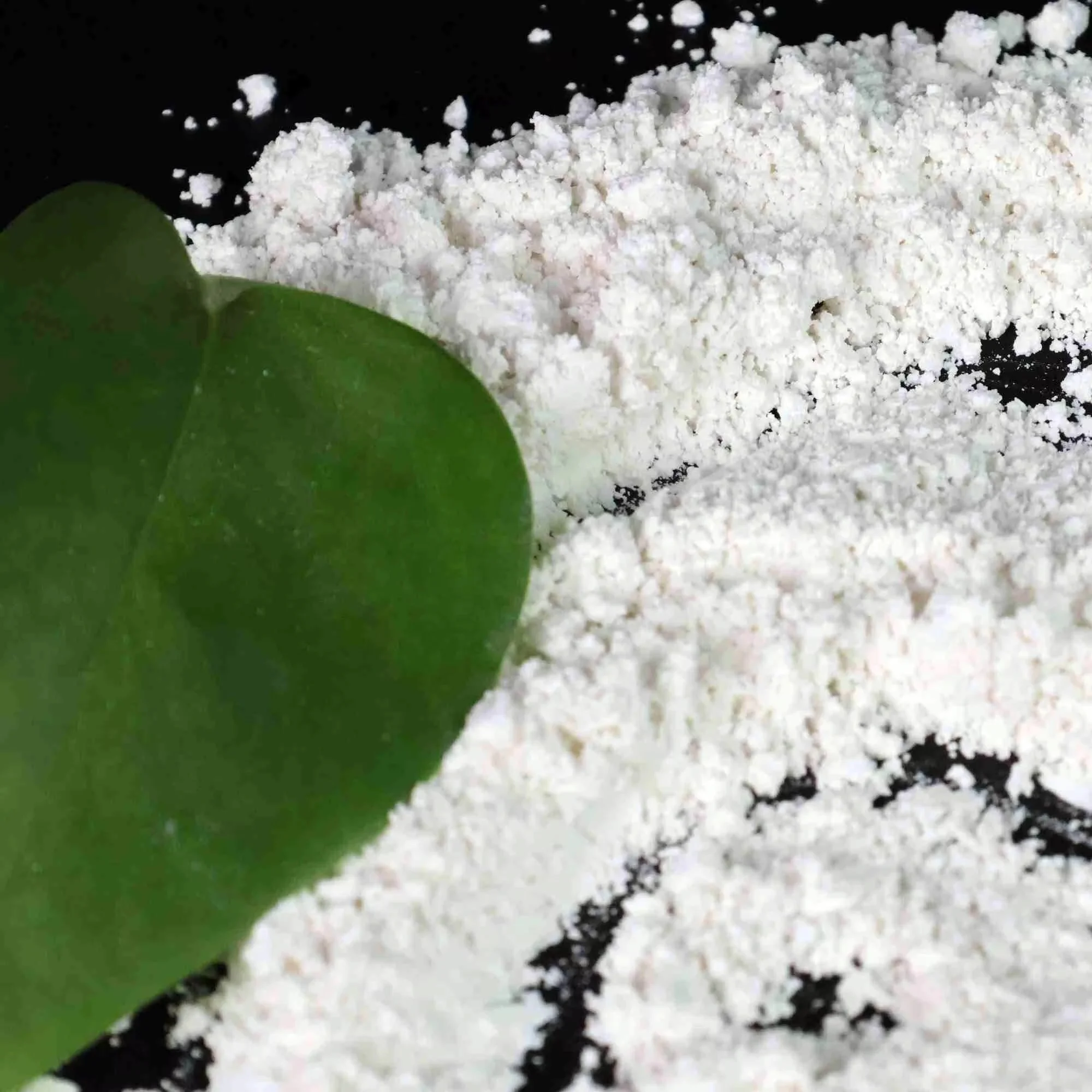
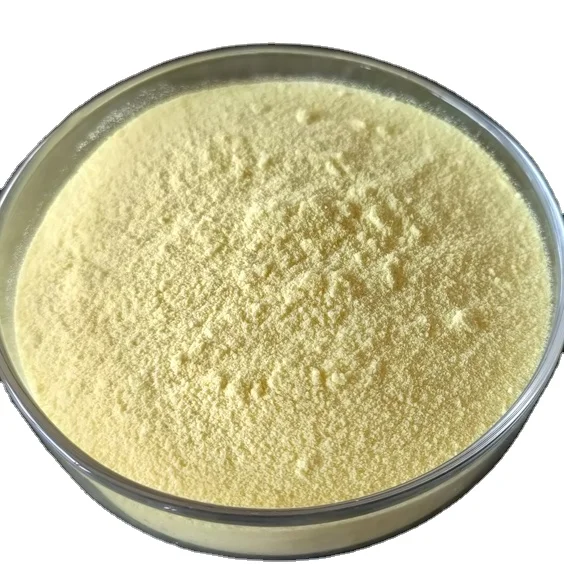
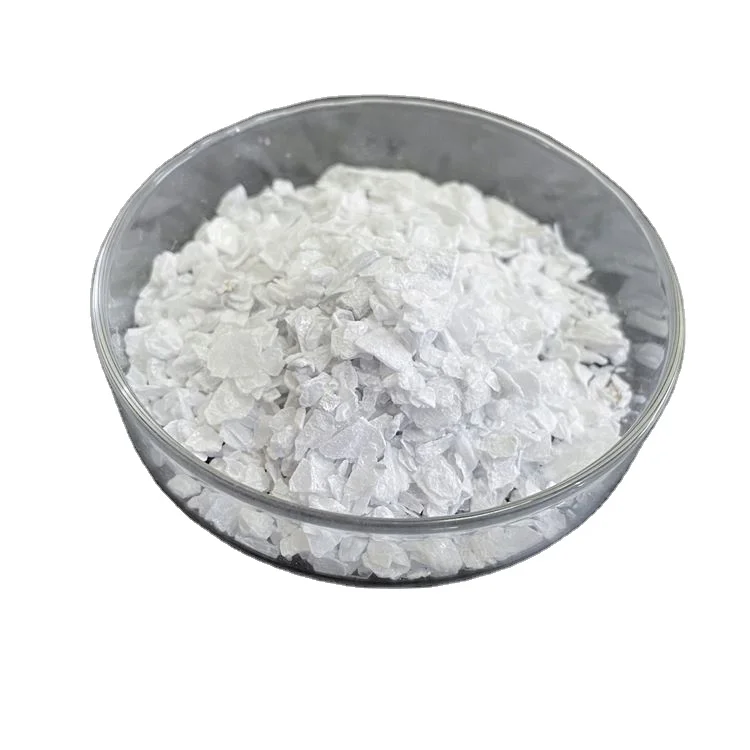
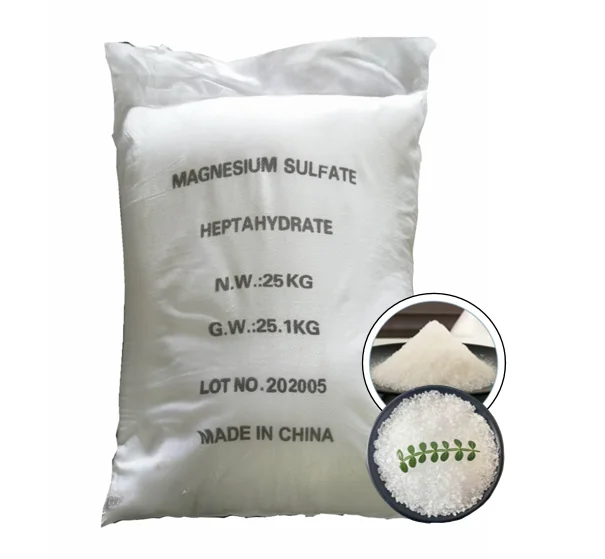
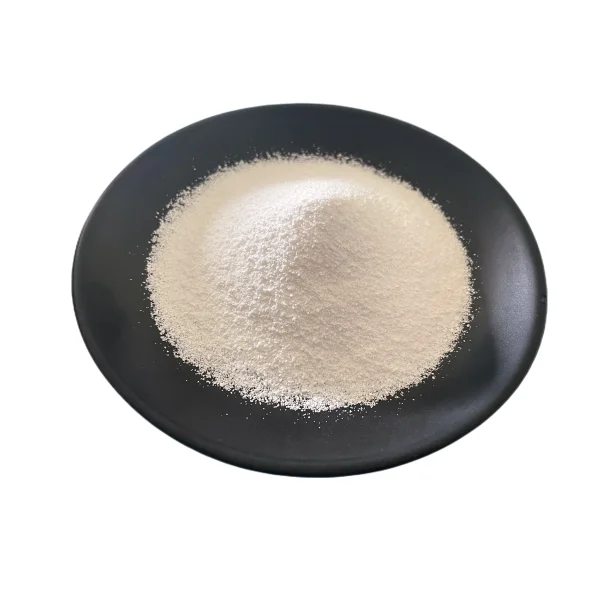
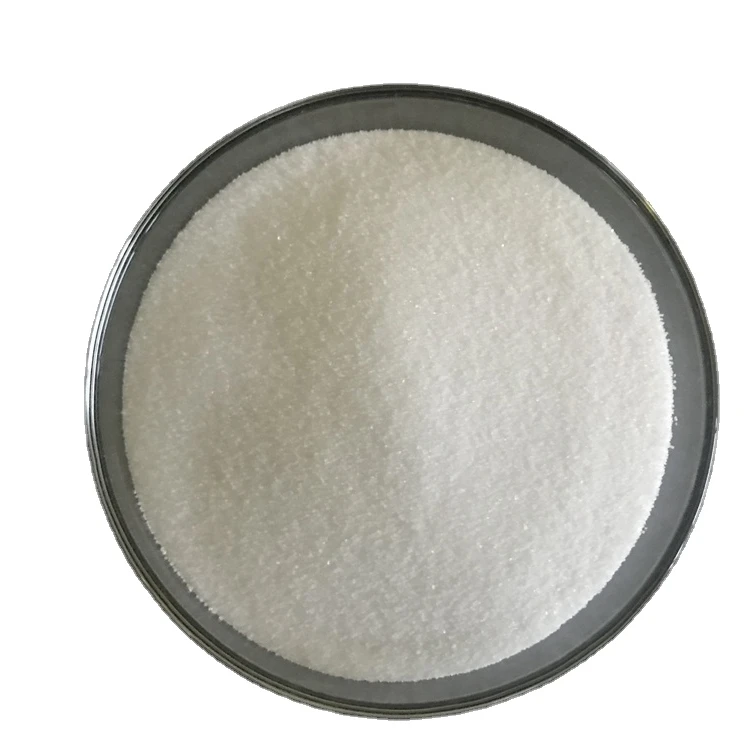
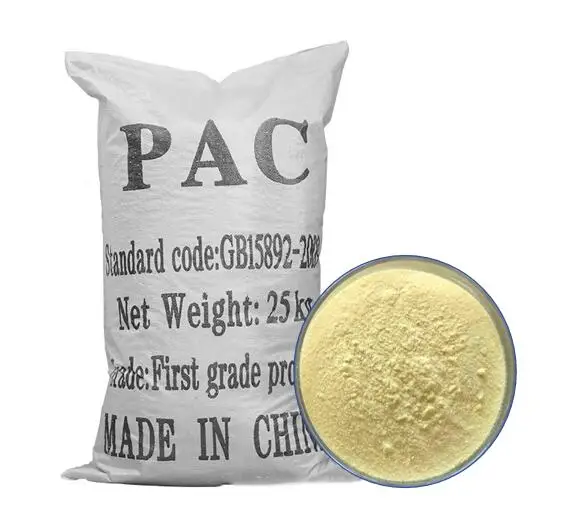
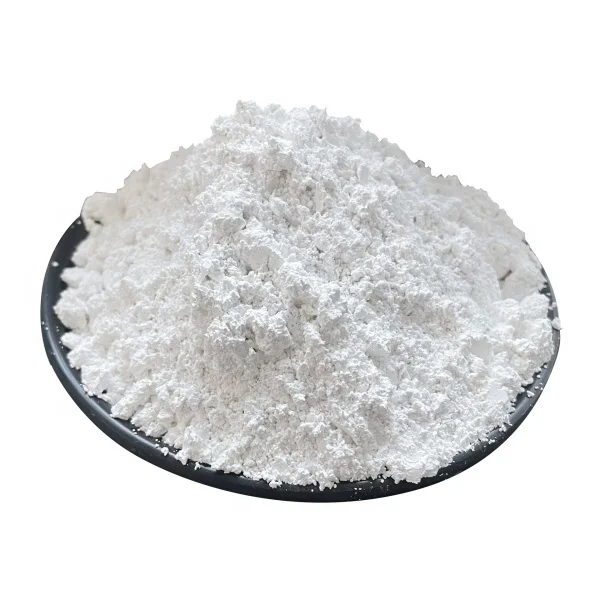
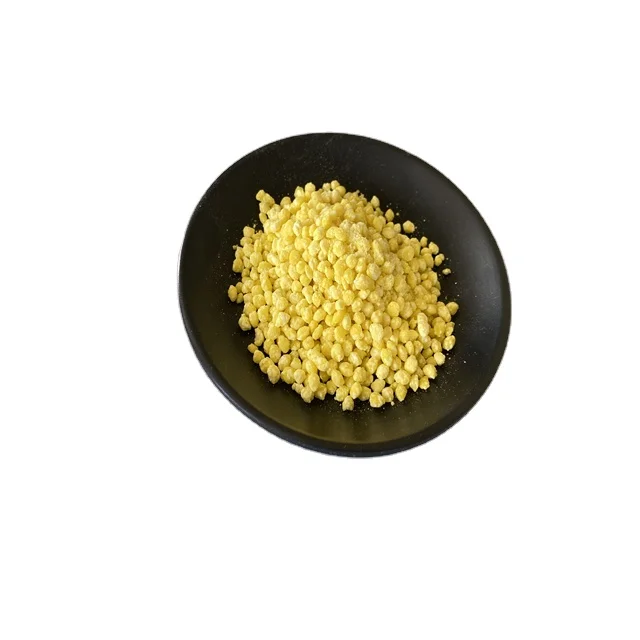
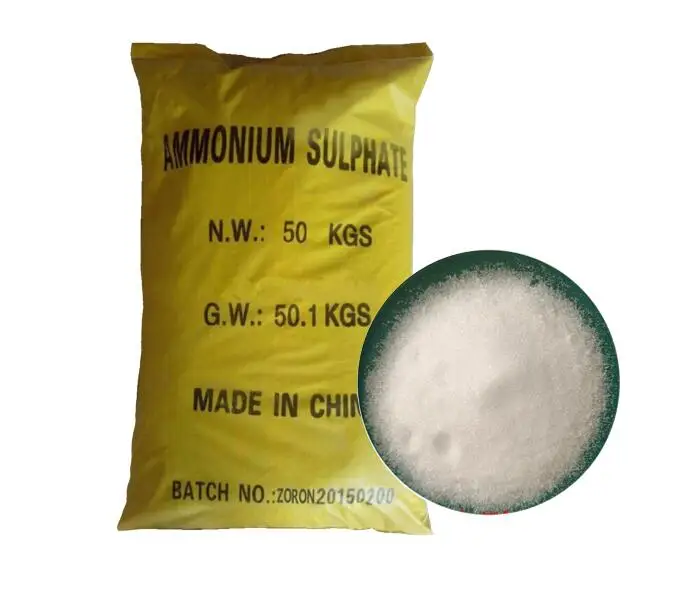
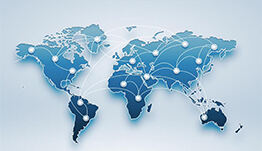

 ONLINE
ONLINE